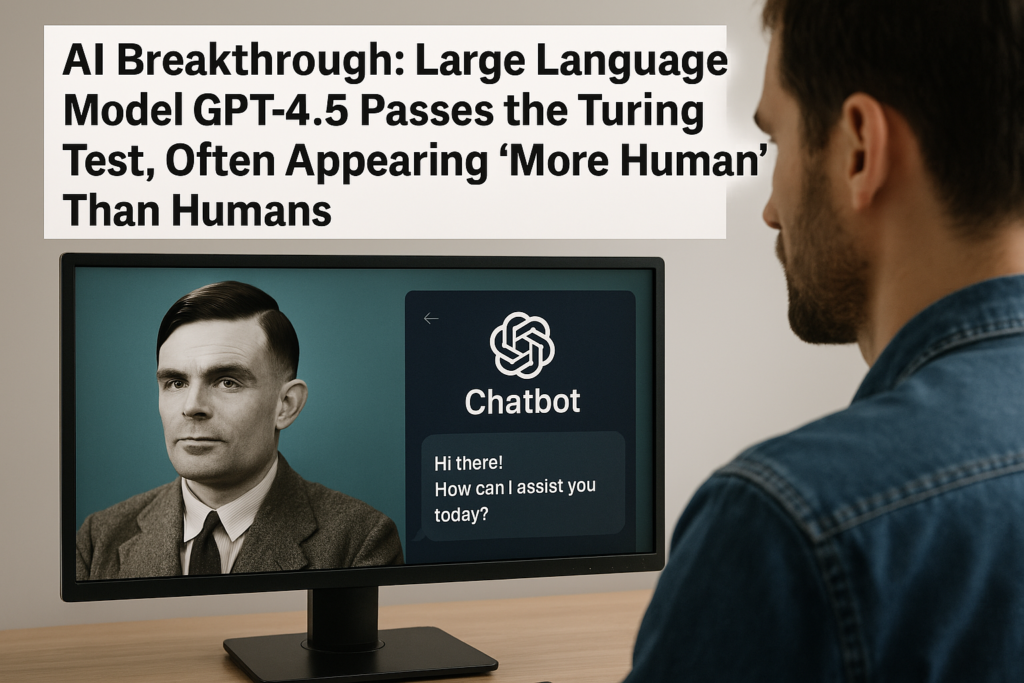TL;DW
Sam Altman, CEO of OpenAI, explains how AI will soon revolutionize productivity, science, and society. GPT-6 will represent the first leap from imitation to original discovery. Within a few years, major organizations will be mostly AI-run, energy will become the key constraint, and the way humans work, communicate, and learn will change permanently. Yet, trust, persuasion, and meaning remain human domains.
Key Takeaways
OpenAI’s speed comes from focus, delegation, and clarity. Hardware efforts mirror software culture despite slower cycles. Email is “very bad,” Slack only slightly better—AI-native collaboration tools will replace them. GPT-6 will make new scientific discoveries, not just summarize others. Billion-dollar companies could run with two or three people and AI systems, though social trust will slow adoption. Governments will inevitably act as insurers of last resort for AI but shouldn’t control it. AI trust depends on neutrality—paid bias would destroy user confidence. Energy is the new bottleneck, with short-term reliance on natural gas and long-term fusion and solar dominance. Education and work will shift toward AI literacy, while privacy, free expression, and adult autonomy remain central. The real danger isn’t rogue AI but subtle, unintentional persuasion shaping global beliefs. Books and culture will survive, but the way we work and think will be transformed.
Summary
Altman begins by describing how OpenAI achieved rapid progress through delegation and simplicity. The company’s mission is clearer than ever: build the infrastructure and intelligence needed for AGI. Hardware projects now run with the same creative intensity as software, though timelines are longer and risk higher.
He views traditional communication systems as broken. Email creates inertia and fake productivity; Slack is only a temporary fix. Altman foresees a fully AI-driven coordination layer where agents manage most tasks autonomously, escalating to humans only when needed.
GPT-6, he says, may become the first AI to generate new science rather than assist with existing research—a leap comparable to GPT-3’s Turing-test breakthrough. Within a few years, divisions of OpenAI could be 85% AI-run. Billion-dollar companies will operate with tiny human teams and vast AI infrastructure. Society, however, will lag in trust—people irrationally prefer human judgment even when AIs outperform them.
Governments, he predicts, will become the “insurer of last resort” for the AI-driven economy, similar to their role in finance and nuclear energy. He opposes overregulation but accepts deeper state involvement. Trust and transparency will be vital; AI products must not accept paid manipulation. A single biased recommendation would destroy ChatGPT’s relationship with users.
Commerce will evolve: neutral commissions and low margins will replace ad taxes. Altman welcomes shrinking profit margins as signs of efficiency. He sees AI as a driver of abundance, reducing costs across industries but expanding opportunity through scale.
Creativity and art will remain human in meaning even as AI equals or surpasses technical skill. AI-generated poetry may reach “8.8 out of 10” quality soon, perhaps even a perfect 10—but emotional context and authorship will still matter. The process of deciding what is great may always be human.
Energy, not compute, is the ultimate constraint. “We need more electrons,” he says. Natural gas will fill the gap short term, while fusion and solar power dominate the future. He remains bullish on fusion and expects it to combine with solar in driving abundance.
Education will shift from degrees to capability. College returns will fall while AI literacy becomes essential. Instead of formal training, people will learn through AI itself—asking it to teach them how to use it better. Institutions will resist change, but individuals will adapt faster.
Privacy and freedom of use are core principles. Altman wants adults treated like adults, protected by doctor-level confidentiality with AI. However, guardrails remain for users in mental distress. He values expressive freedom but sees the need for mental-health-aware design.
The most profound risk he highlights isn’t rogue superintelligence but “accidental persuasion”—AI subtly influencing beliefs at scale without intent. Global reliance on a few large models could create unseen cultural drift. He worries about AI’s power to nudge societies rather than destroy them.
Culturally, he expects the rhythm of daily work to change completely. Emails, meetings, and Slack will vanish, replaced by AI mediation. Family life, friendship, and nature will remain largely untouched. Books will persist but as a smaller share of learning, displaced by interactive, AI-driven experiences.
Altman’s philosophical close: one day, humanity will build a safe, self-improving superintelligence. Before it begins, someone must type the first prompt. His question—what should those words be?—remains unanswered, a reflection of humility before the unknown future of intelligence.

